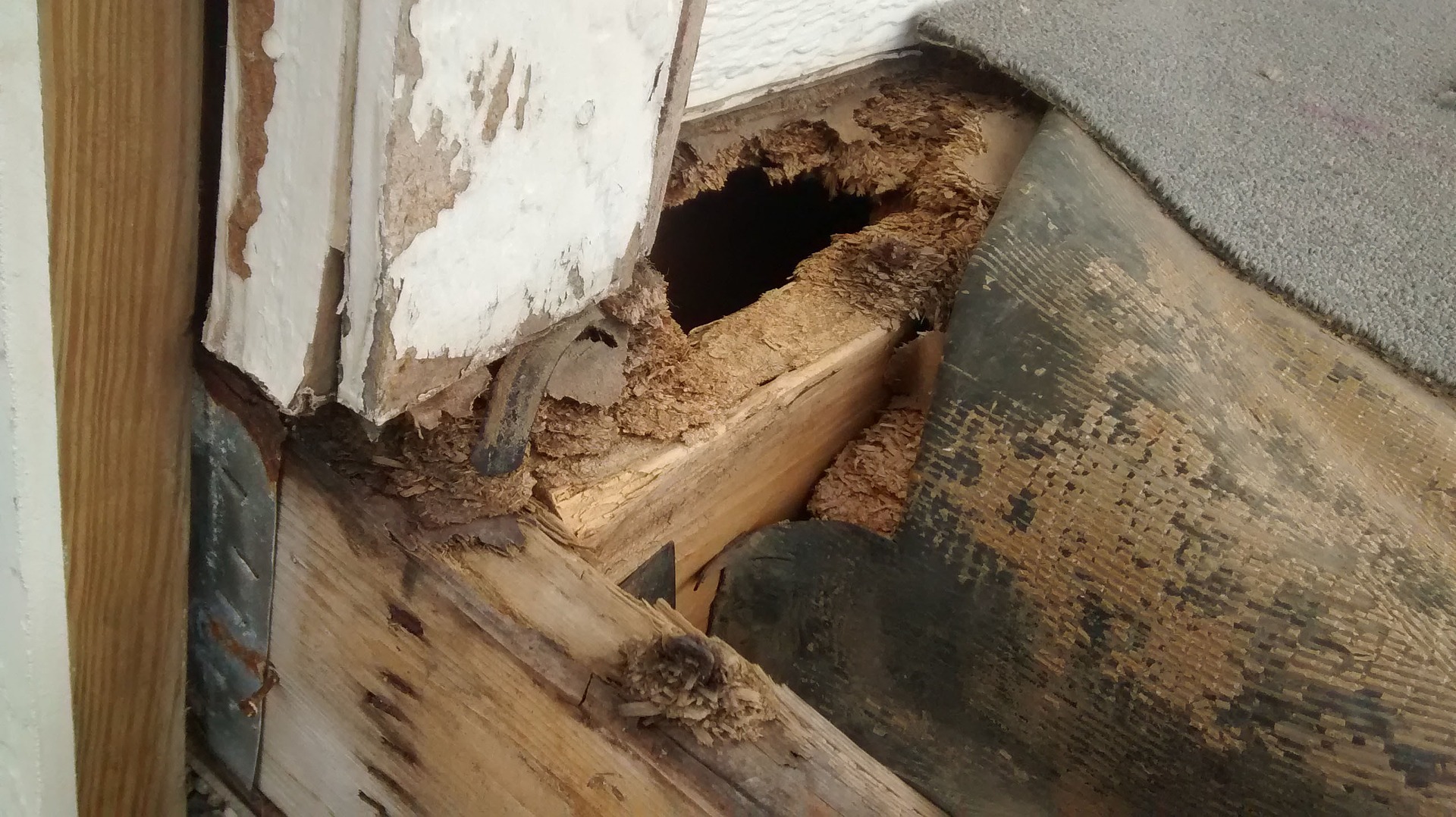Termites are silent invaders that can wreak havoc on homes, causing extensive damage and financial strain. Understanding how to repair termite damage is essential for homeowners to safeguard their investment. In this guide, we’ll delve into the key aspects of termite damage repair, providing insights to help you make informed decisions.
Types of Damage
Recognizing the signs of termite damage is the first step in addressing the issue. Look out for:
- Buckling Ceilings and Walls: Termites can weaken the structural integrity of ceilings and walls, causing them to warp or buckle.
- Water Damage Appearance: Termite damage can often be mistaken for water damage due to its similar appearance.
- Maze-Like Designs in Wooden Structures: Termites create intricate patterns within wooden structures as they feed.
- Mud Tunnels on Home Foundations: These are a clear indicator of termite presence, as they use these tunnels to travel.
- Swarms of Termites: The emergence of termite swarms is a sign of a mature colony, which requires immediate attention.
Extent of Damage
Advanced termite damage can be catastrophic, leading to the collapse of ceilings, floors, and walls. Even if the structural integrity remains intact, the aesthetics of your home can be compromised. Ruined carpets, walls, furniture, and flooring can significantly impact your living space. It’s important to take swift action to prevent further deterioration.
Can Termite Damage be Fixed?
The severity of termite damage varies based on the termite species and the duration of the infestation. Some species, like the Formosan termite, can cause irreparable damage if left untreated for too long. This destructive termite species can render a home beyond repair in just two years. Other species, with smaller colonies, take more time to cause significant damage.
The good news is that complete home destruction is uncommon. As colonies mature, signs of activity become more apparent. Regular inspections by licensed pest professionals can help identify infestations early, minimizing repair costs.
How to Repair Termite Damage
Repairing termite damage involves two main approaches:
- Replacing Damaged Sections: In cases of severe damage, it may be necessary to replace the affected wooden sections entirely.
- Adding Wood Support: For less extensive damage, adding a wood support adjacent to damaged areas is a cost-effective solution.
Structural repairs are more complex and require proper temporary support to maintain the home’s integrity during the repair process. Seeking estimates from local contractors before proceeding is advisable to make informed decisions.
Treat for Termites Before Making Repairs
Before initiating repairs, it’s crucial to eliminate the termite infestation. Engage the services of a licensed termite specialist to confirm the absence of termites and the elimination of future infestation risks. The inspector can also assess the extent of termite damage, ensuring comprehensive repairs.
Prevent Costly Termite Damage Repairs
Prevention is key to avoiding extensive termite damage. Annual termite inspections and treatments are highly effective in preventing structural failure. Orkin provides comprehensive reports detailing existing damage and identifying vulnerable areas. Inspections cover woodpiles, crawl spaces, siding, decks, and more. By adhering to an annual inspection schedule, you can prevent infestations and mitigate costly repair expenses.
Conclusion
Repairing termite damage requires a proactive approach that involves timely detection, treatment, and effective repairs. By understanding the signs of termite damage, exploring repair options, and prioritizing prevention, homeowners can safeguard their homes and maintain their value for years to come. Remember, swift action is the key to minimizing the impact of termite infestations on your property.

